Iomega ZIP-100 brief photo review
I recently conducted an audit at work, and found one interesting device, namely the Iomega ZIP-100 with LPT interface. And I decided to make a very brief review.
From the second half of the 90s and until about 2003, such devices were very popular for transferring large files, and backup copies of important data. Subsequently, they were supplanted by rewritable optical compact discs, which had a higher capacity, and the drives and the discs themselves were cheaper.
The drive had 3 main varieties: ZIP-100, ZIP-250 and ZIP-750, which were produced at different times and used disks of different capacities (approximately 100, 250 and 750 MB, respectively).
')
The data transfer rate for the ZIP-100 model is about 1 MB / s.
My drive is an external ZIP-100 with LPT interface:

It can be used both horizontally and vertically, for which the legs are located on the right side of the case, and the power wire passes in a recess.
On the back wall there are 2 LPT ports: for connecting to a computer, and for connecting to a printer, which in those days was also available with an LPT interface.
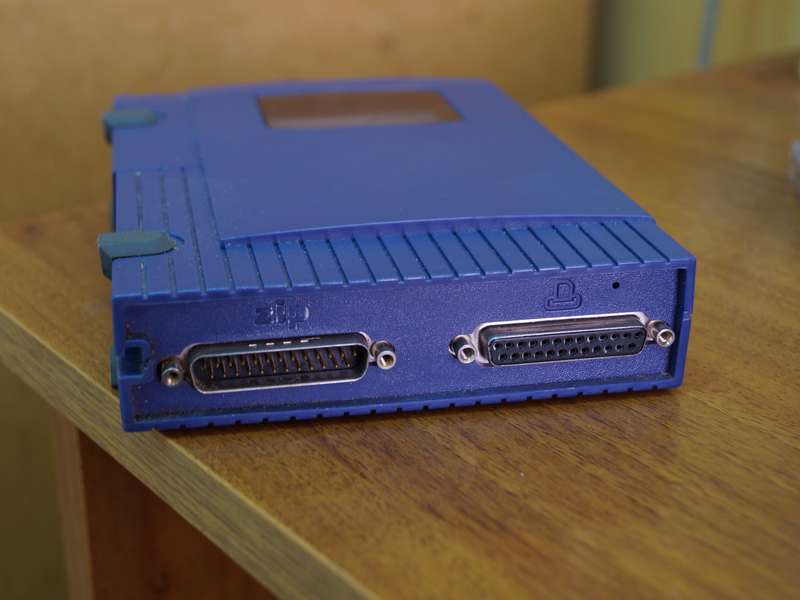
Actually, the cable itself to connect:

Power Supply:
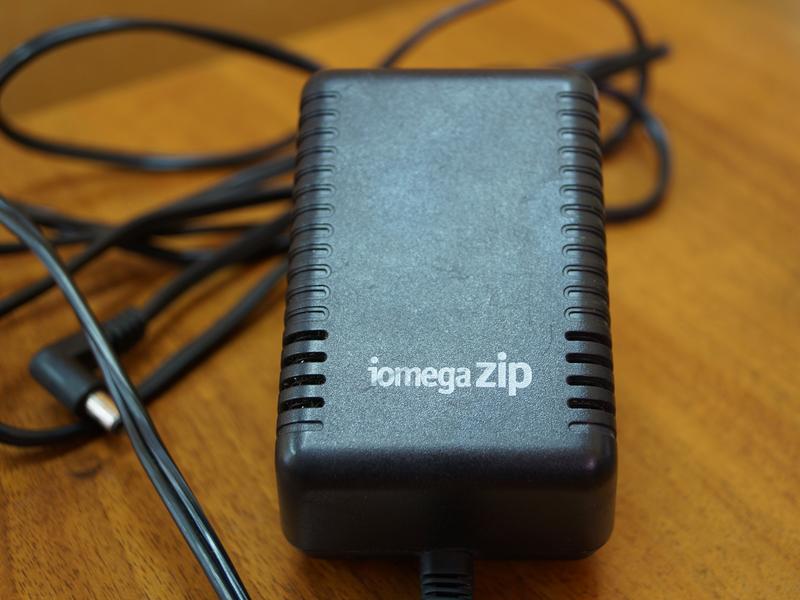
On the reverse side, the parameters of the voltage output are visible:
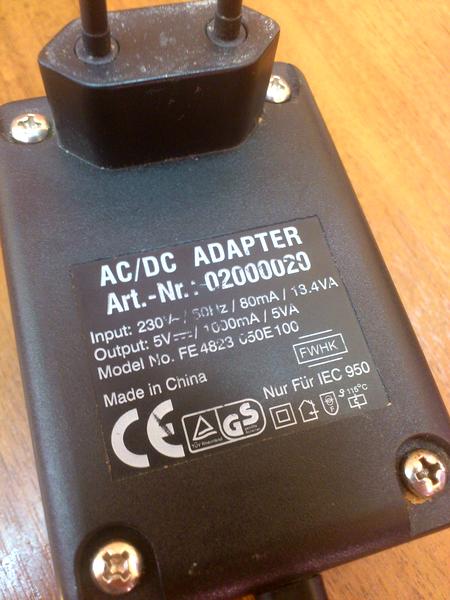
The diskette remained in the drive:


Drive without floppy:
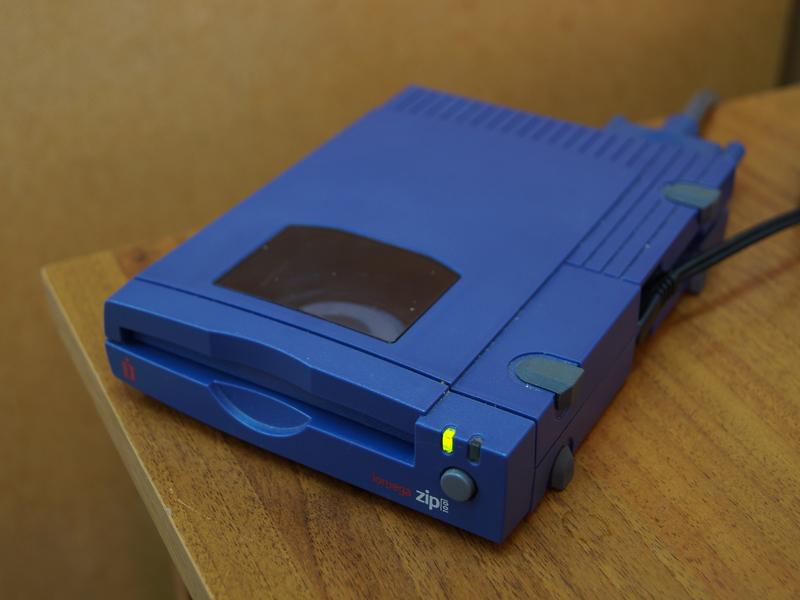
By the way, the eject button is electric:
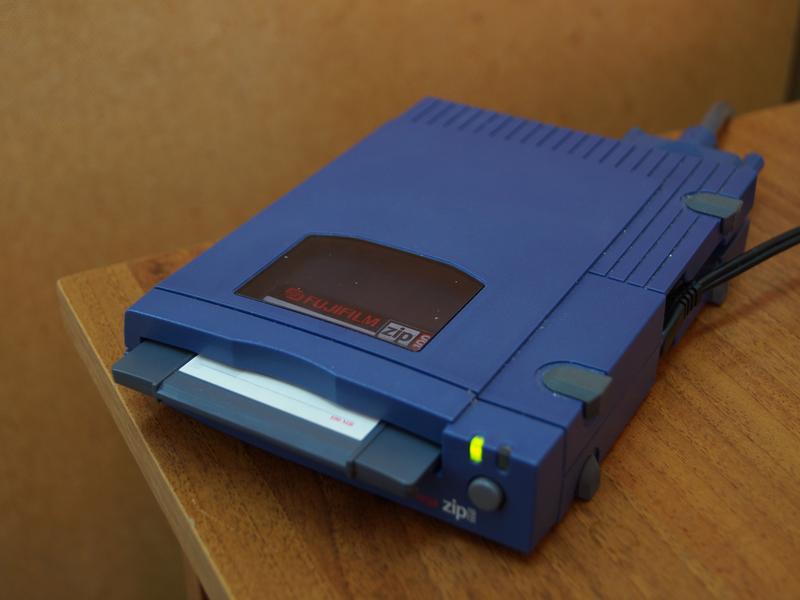
You cannot get a diskette out of a switched off drive.
Connection diagram and support contacts on the bottom wall of the device:
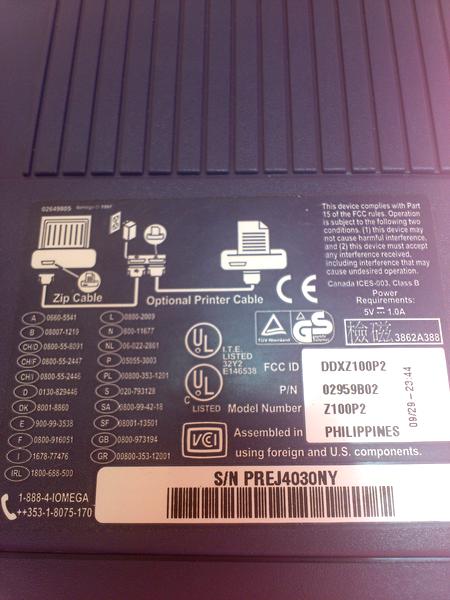
The picture is not visible due to mediocre quality, but on the top left on the sticker the year of manufacture of the device is indicated - 1997.
So the device is displayed in Windows XP:
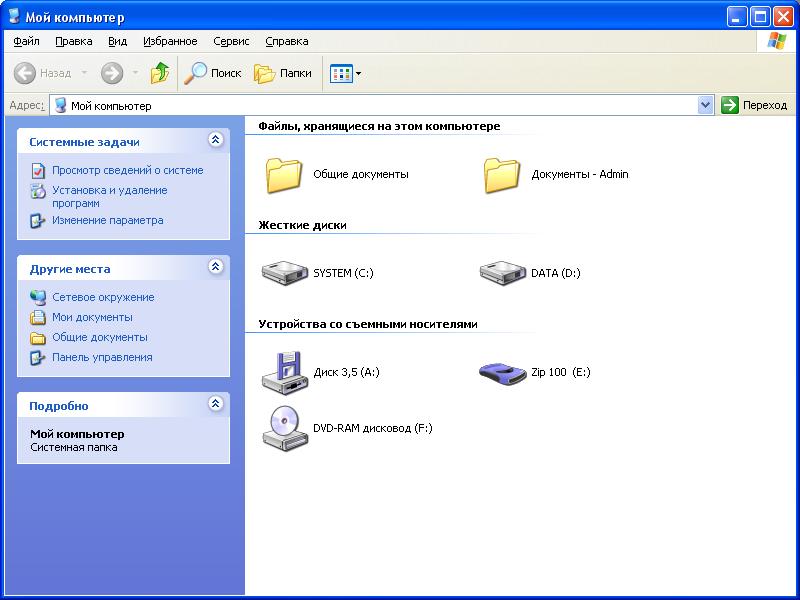
In other systems, it did not work out - I did not find a computer with an LPT port.
Native driver diskette:

Now carefully open the case:
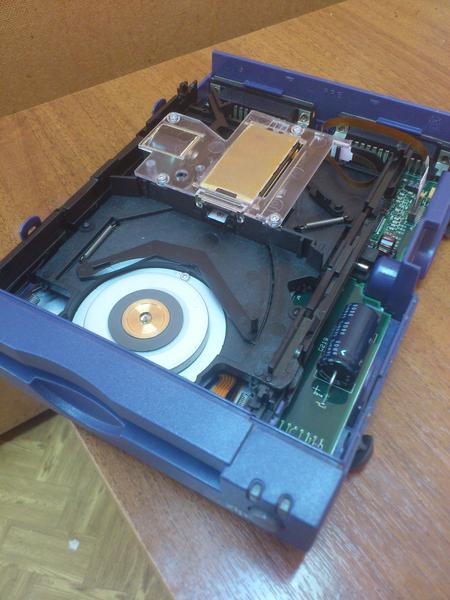
In the central part, under the metal cover is a block of heads:

When a ZIP diskette fits inside the drive, the metal curtain moves like this:
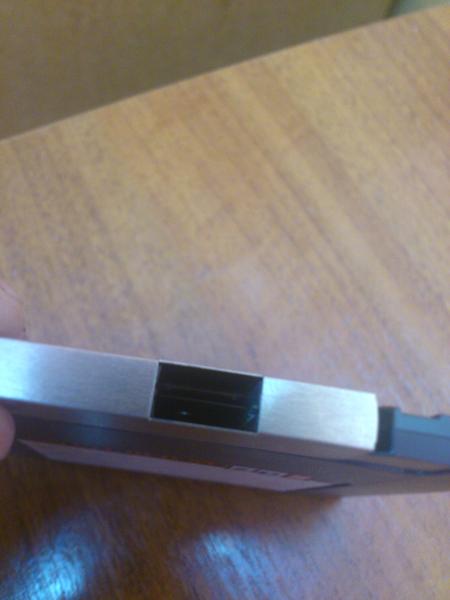
and through the opening opened from the end of the diskette, the heads move inward. It will look something like this:

Unfortunately, in a disassembled drive, the floppy disk hangs loosely, because I did not dare turn it on so as not to damage the heads. I want to keep the device working.
I took pictures of the disassembled drive on the phone, so I apologize for the low quality.
That's all, thank you for your attention.
A bit of history and main characteristics:
From the second half of the 90s and until about 2003, such devices were very popular for transferring large files, and backup copies of important data. Subsequently, they were supplanted by rewritable optical compact discs, which had a higher capacity, and the drives and the discs themselves were cheaper.
The drive had 3 main varieties: ZIP-100, ZIP-250 and ZIP-750, which were produced at different times and used disks of different capacities (approximately 100, 250 and 750 MB, respectively).
')
The data transfer rate for the ZIP-100 model is about 1 MB / s.
Appearance and description:
My drive is an external ZIP-100 with LPT interface:

It can be used both horizontally and vertically, for which the legs are located on the right side of the case, and the power wire passes in a recess.
On the back wall there are 2 LPT ports: for connecting to a computer, and for connecting to a printer, which in those days was also available with an LPT interface.

Actually, the cable itself to connect:

Power Supply:

On the reverse side, the parameters of the voltage output are visible:

The diskette remained in the drive:


Drive without floppy:

By the way, the eject button is electric:

You cannot get a diskette out of a switched off drive.
Connection diagram and support contacts on the bottom wall of the device:

The picture is not visible due to mediocre quality, but on the top left on the sticker the year of manufacture of the device is indicated - 1997.
So the device is displayed in Windows XP:

In other systems, it did not work out - I did not find a computer with an LPT port.
Native driver diskette:

Now carefully open the case:

In the central part, under the metal cover is a block of heads:

When a ZIP diskette fits inside the drive, the metal curtain moves like this:

and through the opening opened from the end of the diskette, the heads move inward. It will look something like this:

Unfortunately, in a disassembled drive, the floppy disk hangs loosely, because I did not dare turn it on so as not to damage the heads. I want to keep the device working.
I took pictures of the disassembled drive on the phone, so I apologize for the low quality.
That's all, thank you for your attention.
Source: https://habr.com/ru/post/179029/
All Articles